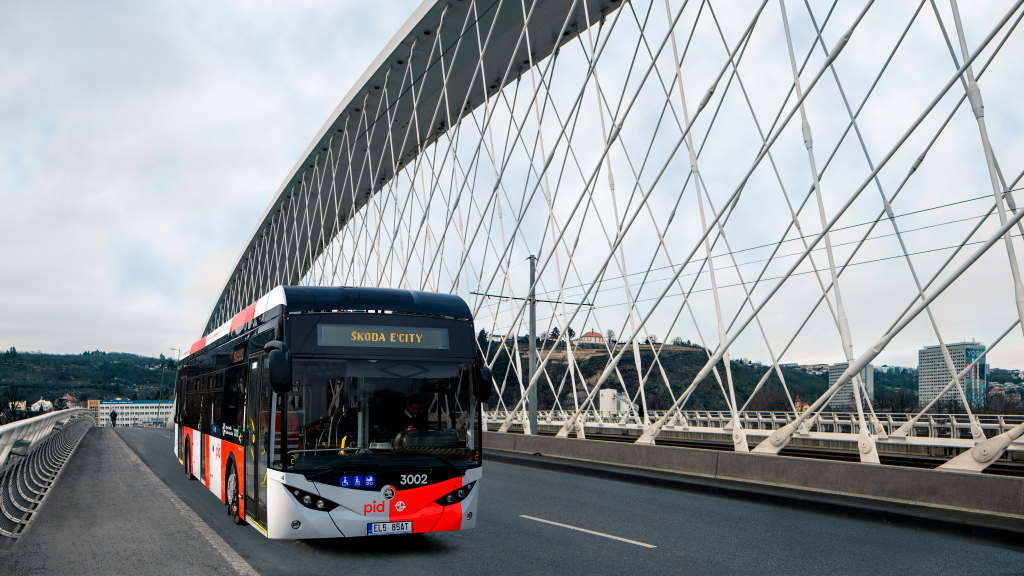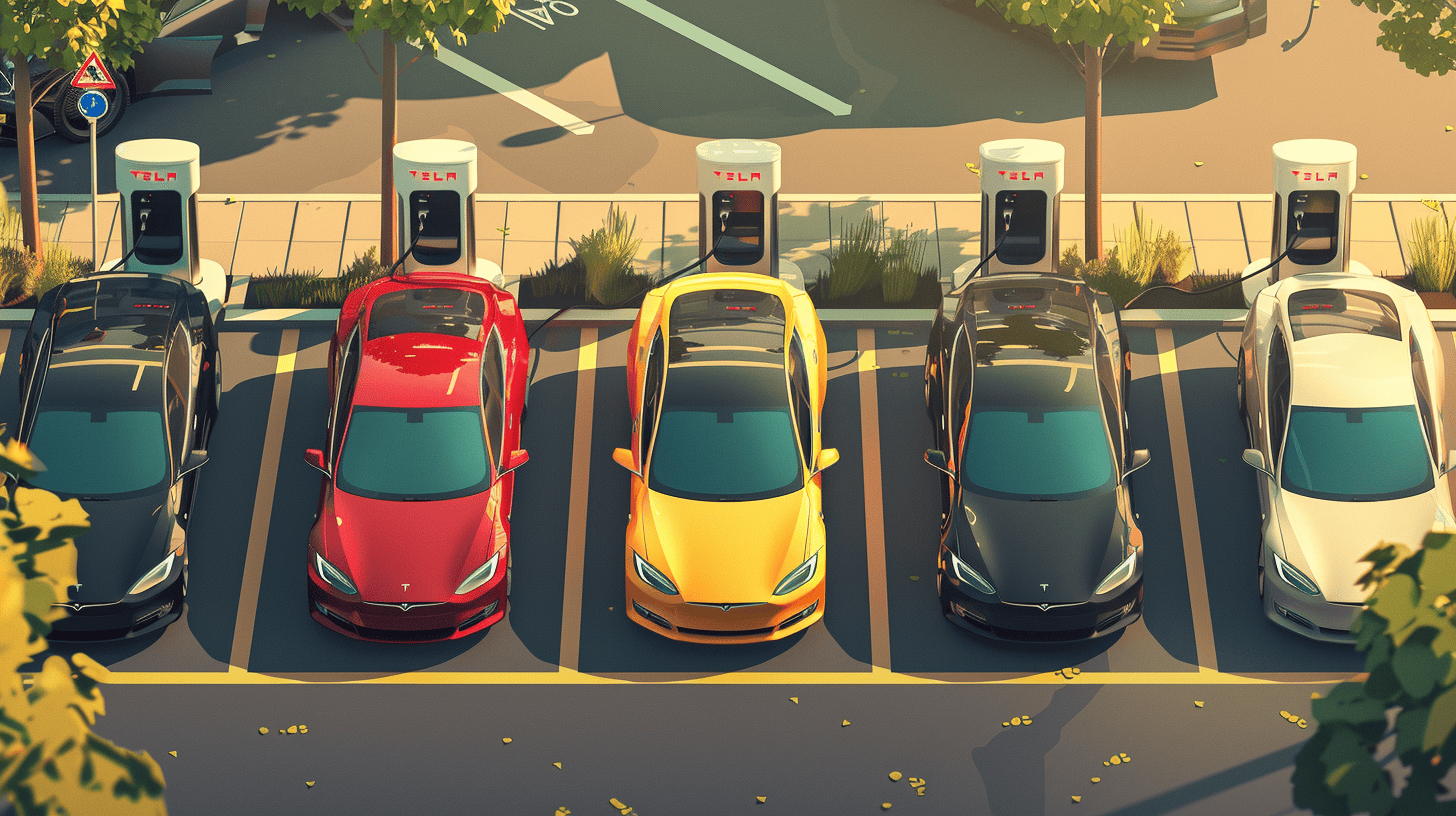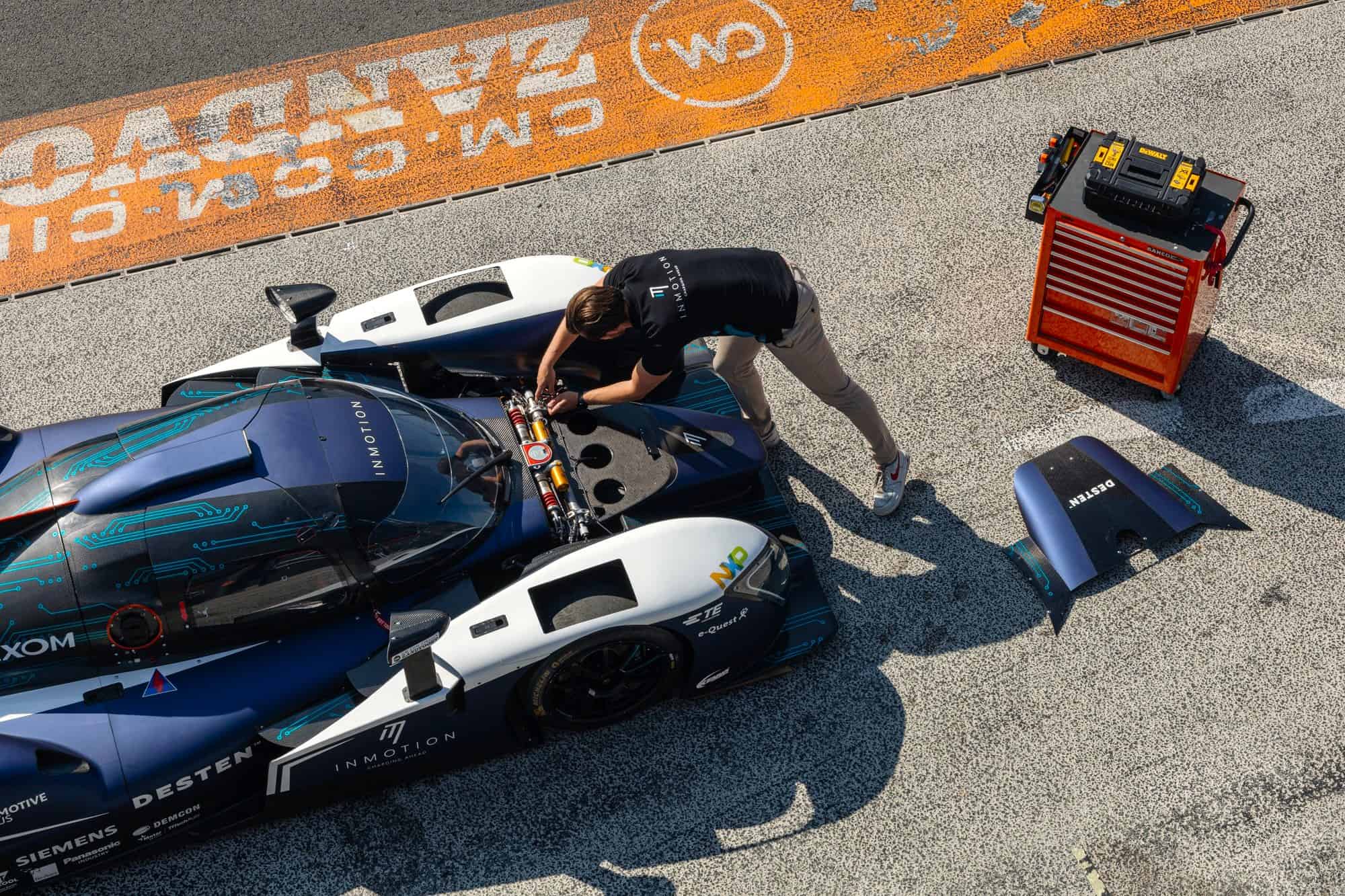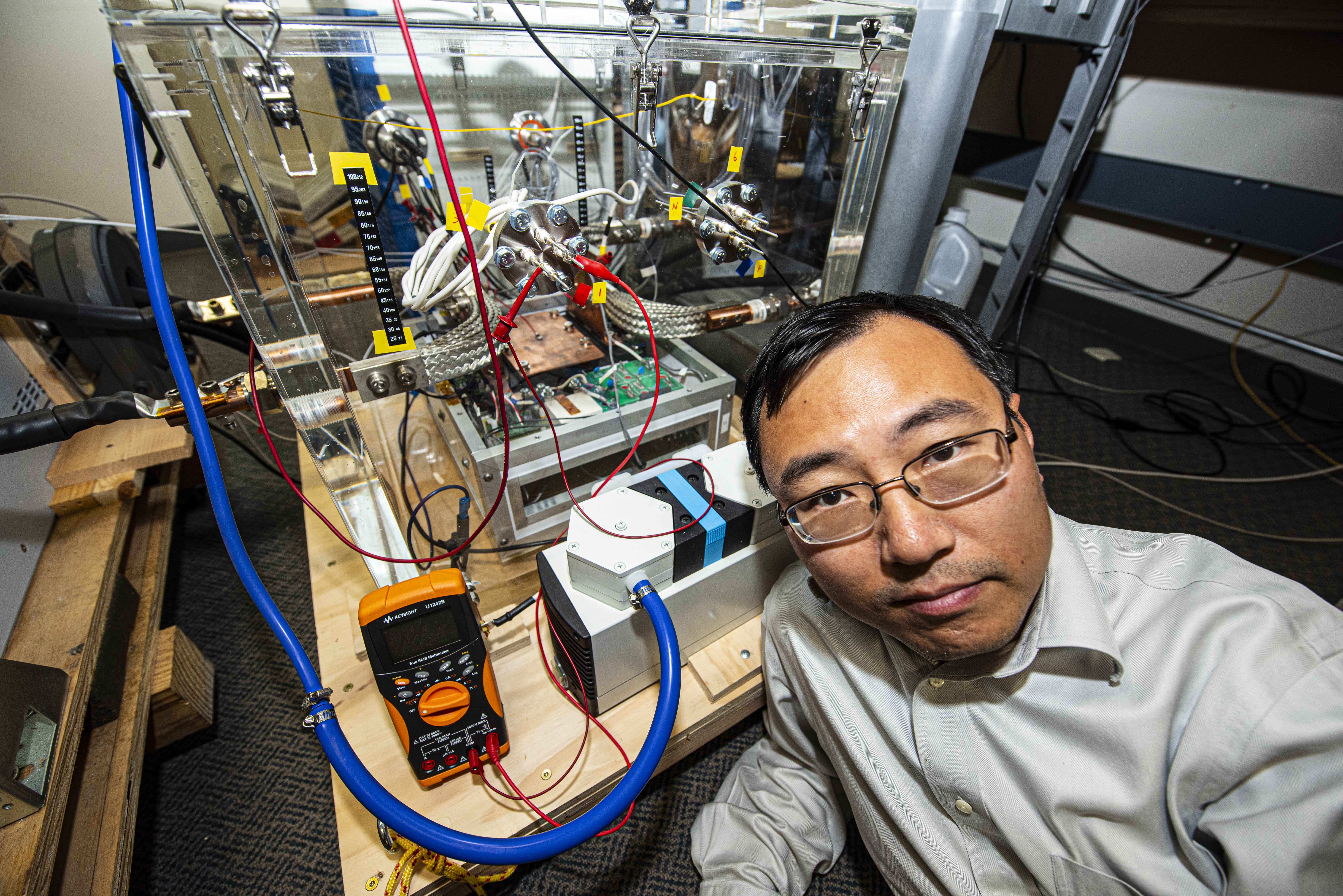
About Decarbonizing Europe
What does the Recovery and Resilience Facility entail?
The European Commission has made available an amount of 723.8 billion euros
to combat the consequences of the corona crisis and make Europe greener, cleaner, and future-proof. All member states have the opportunity to submit plans for disbursement from this Recovery and Resilience Facility.
Who is participating in the Recovery and Resilience Facility?
All the member states of the European Union. All member states? No, The Netherlands has not submitted plans as yet. Although, it became public knowledge at the end of January that hard work is going on behind the scenes in the Netherlands to secure some of those European billions.
What do the member states have to spend the money on?
At least 37 percent of the funding should be used for making their countries more sustainable and 20 percent for digitalization. In addition, there are also other key points:
– Smart, sustainable and inclusive growth
– Social and territorial cohesion
– Public health, economic, social, and institutional resilience
– Policy for future generations
What else is happening?
Apart from that, the EC has identified several so-called flagship areas:
– Power up
– Renovate
– Recharge and Refuel
– Connect
– Modernise
– Scale-up
– Reskill and upskill
What is Innovation Origins planning to do?
Over the next few months, we will be focusing on the implementation of these plans. We will be outlining what each country is doing to reduce CO₂ emissions, and we will be reporting on innovative projects. Infographics will allow you to compare the member states’ efforts with each other.
A few mugs of beer undoubtedly went around at Prague City Hall in March following the Czech transport ministry’s decision not to obstruct an extension of the metro. It means that the construction of metro line D, which connects the north of the city with the south, can almost certainly be underway soon.
It will be a fully automated metro line, without drivers, with an estimated cost of 2 billion euros. That is a lot of money for a relatively poor country like the Czech Republic, but it is necessary if Prague – by far the largest city in the Czech Republic – wants to meet its climate targets, says Adam Scheinherr chair of the supervisory board at the DPP public transport company and responsible for the transport portfolio at city hall.
Metro Line D is part of a multi-faceted climate plan in which public transport plays a key role. In addition to metro line D, for example, plans are already in place for another line around the center. This ‘O’ circle line will have a capacity of 150,000 passengers per day, according to the latest draft proposal. It would become Prague’s fifth metro line with a length of 36 kilometers and 23 stations.
Circle line
This will no doubt be another expensive project, which Europe could help with. This can be done through the corona recovery fund, but also through one of the other EU funds such as the European Regional Development Fund and the Cohesion Fund. The exact allocation key for the corona recovery fund is still unknown, but the city council is counting on 2.9 billion Czech crowns (112 million euros) for climate-friendly public transport projects.
According to DPP, the metro plans fit in perfectly with the city’s climate targets. “We have promised to reduce the emission levels by 20 percent in 2024 compared to 2010 and by 45 percent in 2030,” Scheinherr says. A good metro system, he says, is essential to get commuters out of their cars. But it is by no means the only measure. For example, the fleet of city buses is also being given a major upgrade, according to Scheinherr. “By 2030, a third of the buses will be electric. By doing this, we are aiming to use the most modern technologies.”

There is still a long way to go though. Prague took delivery of its first electric bus, a Skoda E City in January of this year. Prague is the first city where this bus from Škoda Transportation and the company Temsa will be operating. Another 14 have been ordered that are going to replace old diesel buses. The approximate cost is around 8.5 million euros.
Trolleybus
Škoda Transportation – not to be confused with the automobile manufacturer Skoda – will have an important role in the electrification of public transport in any case, as the company also makes trams, metro carriages and trolley buses (with overhead cables).
Another large order has been landed by Poland’s Solaris, which together with Škoda Transportation will deliver 20 trolleybuses of the Trollino 24 model over the next two years. These will be Prague’s first trolleybuses since 1972. Before that time, trolleybuses were quite common. The first trolleybus line was put into operation in 1936, but in 1972 the last line was closed due to the relatively high maintenance costs of overhead cables and the greater flexibility of diesel buses.

The climate crisis, however, has caused a revival of the trolleybus, not only in Prague, but in many European cities because they are clean and efficient. They can also use streetcar overhead cables in a lot of places, and modern trolleybuses do not need to be constantly connected to an overhead cable.
Inexpensive
According to Scheinherr, it is this whole package of measures that will modernize public transport and make it more sustainable. Incidentally, these measures are not just about cutting down on greenhouse gas emissions.
“Prague will become a city where buses will not only be emission-free, but also quiet. We will be able to reduce traffic noise, contribute to cleaner air and improve the environment. We want Prague to be an attractive place to live.”
And what will people have to pay for this modern green public transport? So far, not that much. An annual pass in Prague costs as little as 150 euros. That’s not much compared to other metropolises.
You can find the complete climate plan of Prague here.
Photo: The first electric bus in Prague is manufactured locally.
Support us!
Innovation Origins is an independent news platform that has an unconventional revenue model. We are sponsored by companies that support our mission: to spread the story of innovation. Read more.
At Innovation Origins, you can always read our articles for free. We want to keep it that way. Have you enjoyed our articles so much that you want support our mission? Then use the button below:






